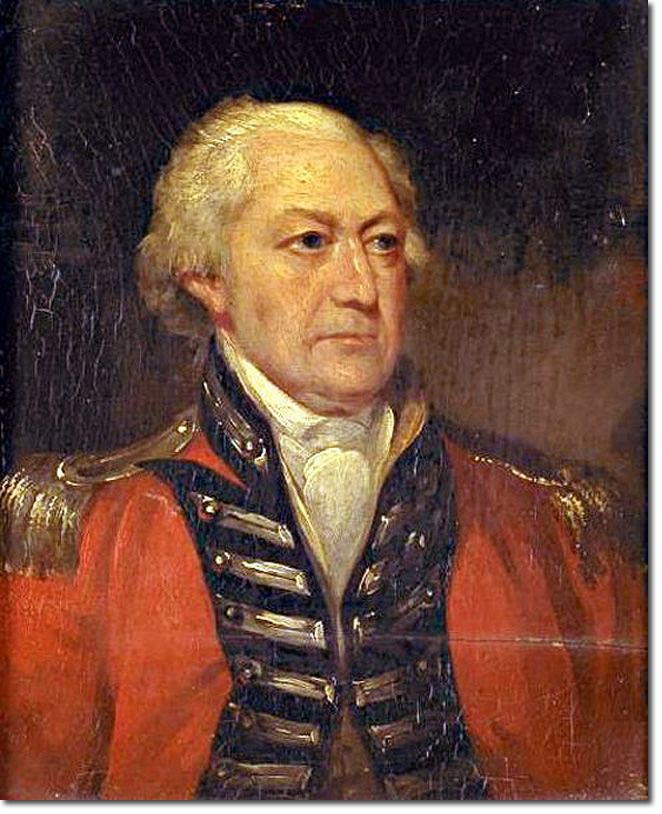|
|


|
|
George Townshend was born on 28 Feb 1723, the eldest son of Charles, 3rd Viscount Townshend and his wife Audrey Harrison. The family home was at Raynham Hall, Norfolk. He was educated at Eton and went to St John's College, Cambridge. He was Cumberland's ADC at Laffeldt and brought his dispatches back to England. But he fell out with the Duke and left the army in protest. He attacked him in parliament and published caricatures of him, Townshend being an artist as well as a soldier. When Cumberland was replaced by Lord Ligonier he returned to military service. He was foisted onto Wolfe's command which was bound for Quebec. Wolfe was not keen on the idea and wrote to Townshend to welcome him but also commenting on the aristocrat's lack of experience. This upset Townshend who had been present at several battles. During the expedition he fell out with Wolfe who was a difficult man to work with, and drew caricatures of him (producing Canada's first cartoon). He and the other brigade commanders helped the ailing Wolfe with the plan of battle for Quebec. In the battle on the Plains of Abraham, Wolfe was killed and the second-in-command, Robert Monckton was badly wounded. This left Townshend in command of the army. He managed to bring guns up to besiege Quebec but the city surrendered.
He was married twice; the first marriage was to Chalotte Compton who was Baroness Ferrers of Chartley, daughter of the Earl of Northampton. They had 4 sons and 4 daughters. She died in 1770, and in 1773 he married Anne, daughter of Sir James Montgomery. They had 6 children. In July 1767 Townshend was given a grant of land in Prince Edward Island which amounted to 20,000 acres. He did not use it, and tried to sell it but in the end he gave one quarter of it to American Loyalists and disbanded troops for settlement. In 1767 he was also appointed Lord Lieutenant of Ireland and introduced measures to increase the size of Irish regiments, reduce corruption and improve the Irish ecomony. He also increased the amount of control that Britain had over the country. This of course made him very unpopular in Ireland. A peculiar tragedy befell Townshend in May 1796: his son, Lord Charles, aged 27, had just been elected MP for Great Yarmouth, and he took a carriage to London with his brother, Rev. Lord Frederick, the Rector of Stiffkey. During the journey, Lord Frederick inexplicably killed his brother with a pistol shot to the head, and was ultimately declared insane. Promoted to field marshal on 30 July 1796, Townshend died at his family home, Raynham Hall in Norfolk on 14 September 1807 and was buried in the family vault there. He was succeed by his eldest son George, Lord Ferrers of Chartley, 2nd Marquess Townshend.
1742 Joined the army in Germany as a staff officer. |
Armed Forces | Art and Culture | Articles | Biographies | Colonies | Discussion | Glossary | Home | Library | Links | Map Room | Sources and Media | Science and Technology | Search | Student Zone | Timelines | TV & Film | Wargames Library | Search | TV & Film | Wargames
